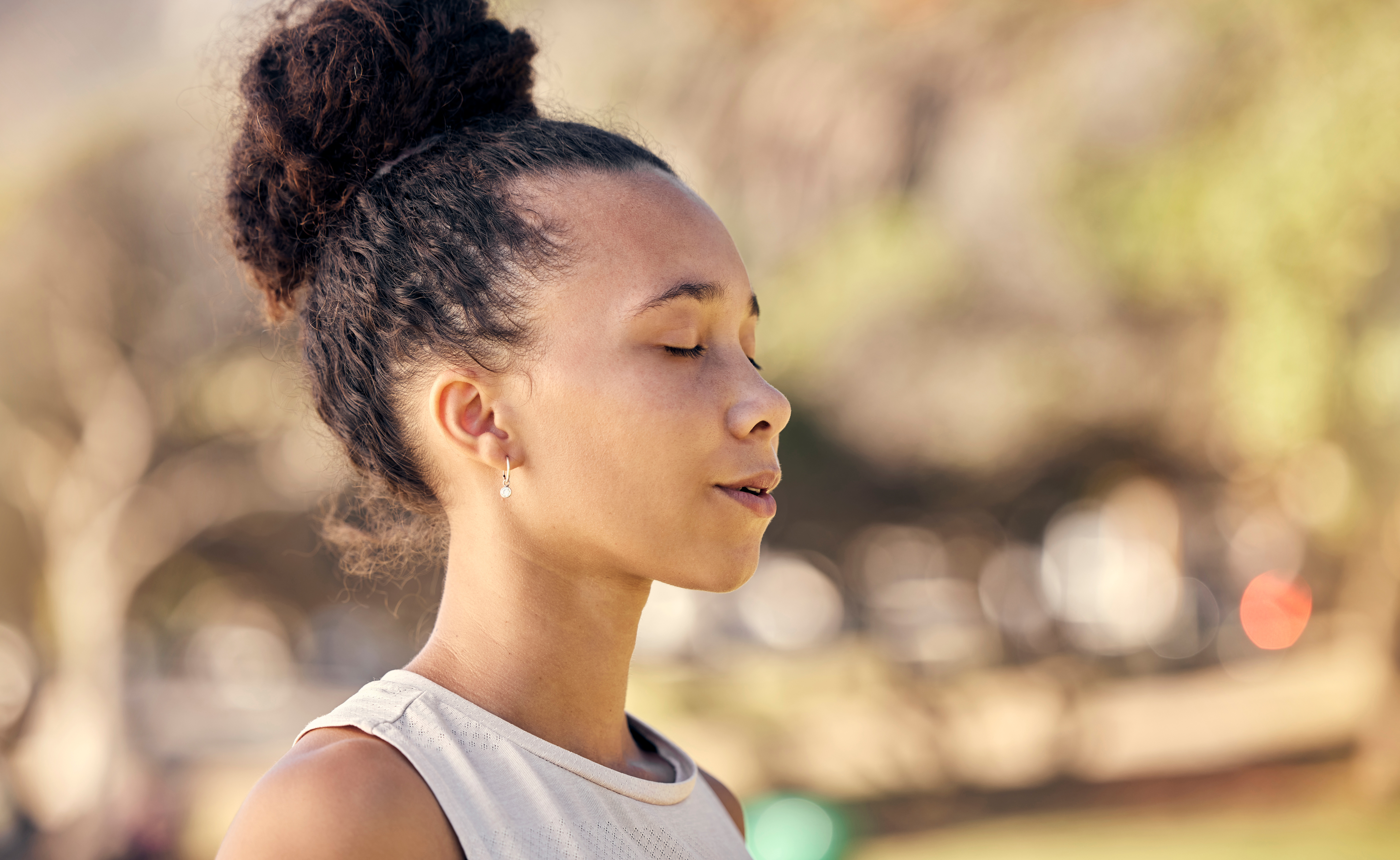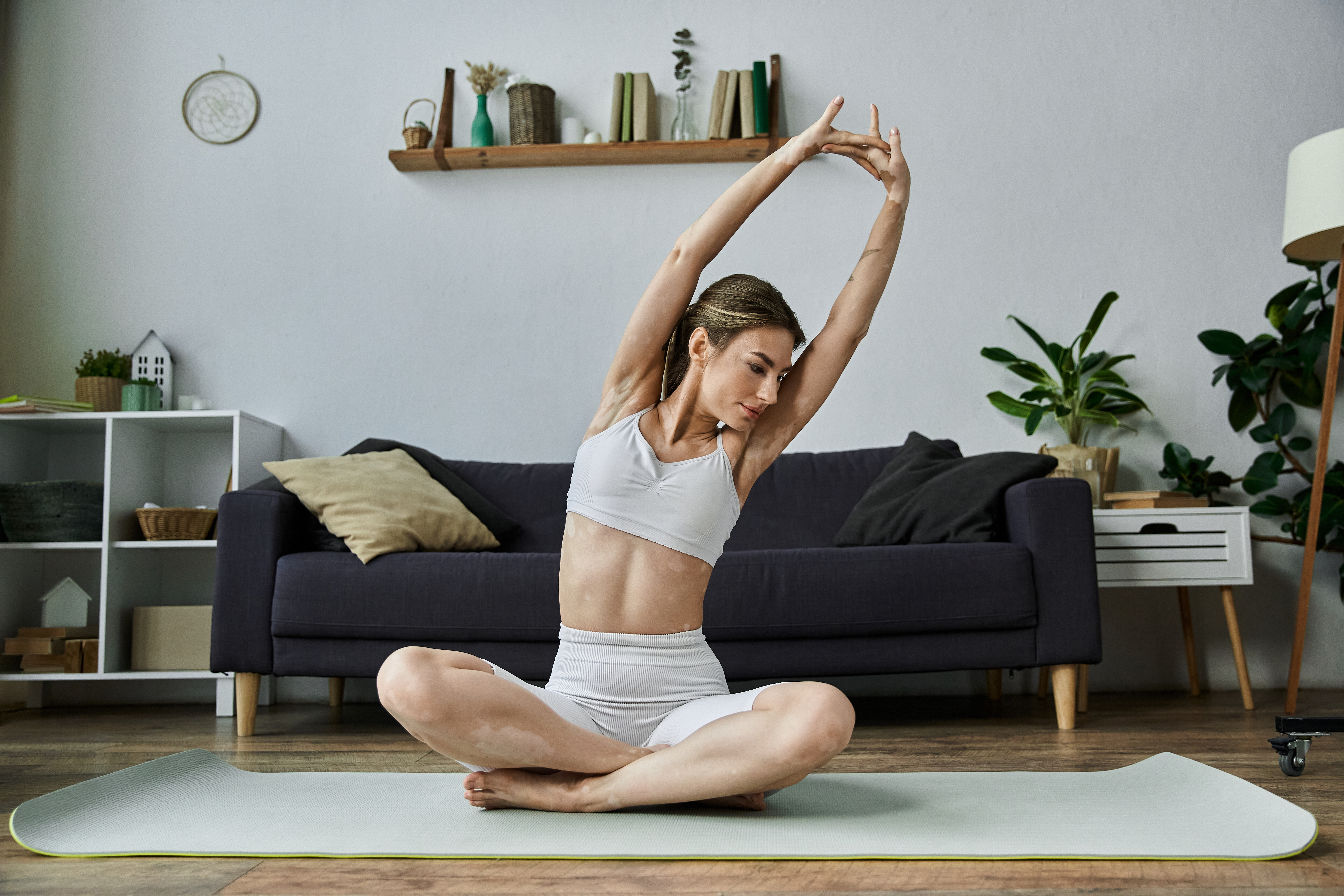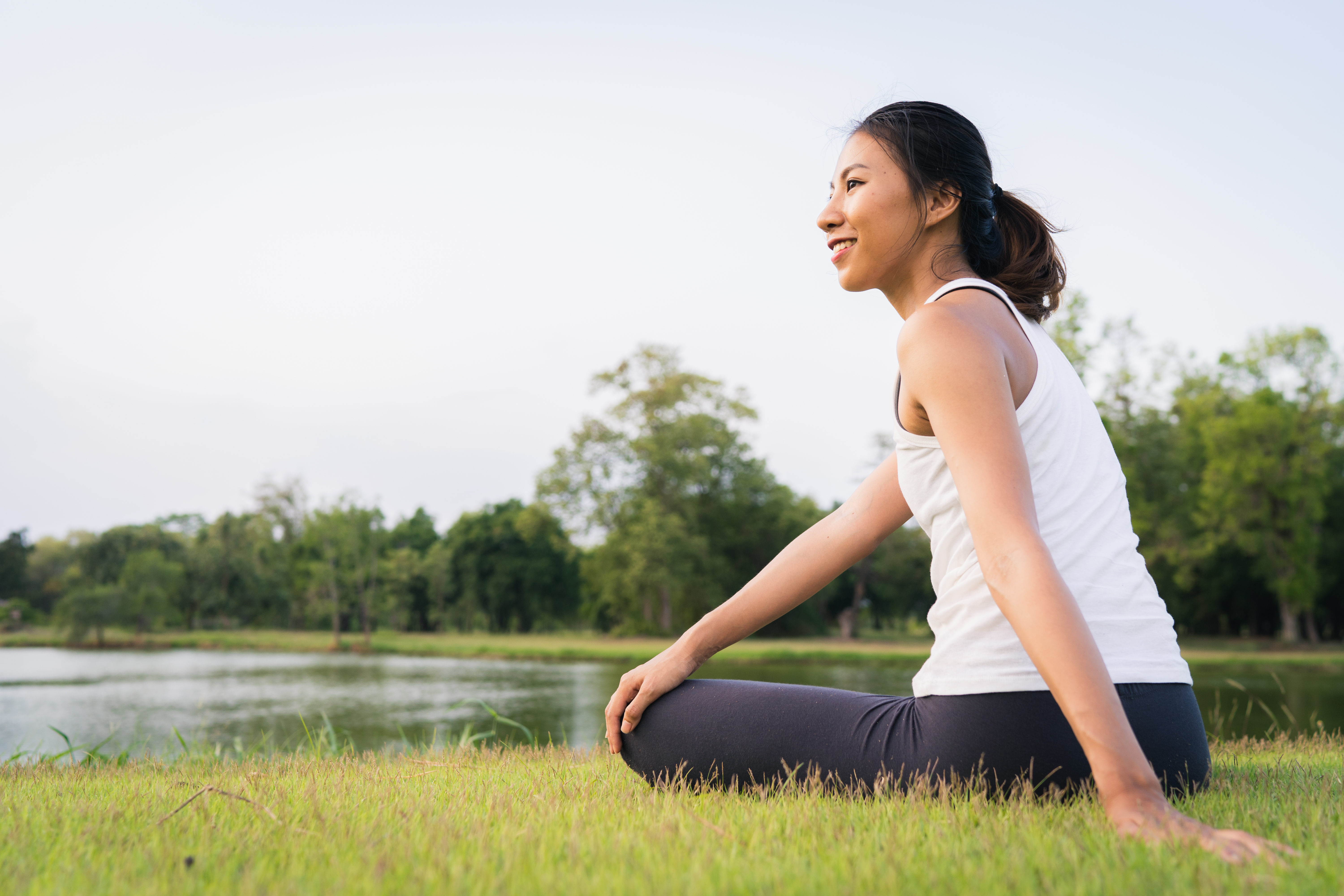7 Ways to Calm Your Racing Mind Without Meditation
In today's fast-paced world, finding tranquility can seem like an elusive goal, especially for those who lead busy lives. While meditation is often touted as a panacea for stress, not everyone has the time or inclination to roll out a meditation mat. Fortunately, there are alternative pathways to achieving a serene state of mind. These gentle practices, rooted in mindfulness and self-care, offer a reprieve from the chaos without requiring a formal meditation practice. By exploring these 7 paths, individuals can discover accessible and effective methods to soothe their minds, fostering a sense of peace that can permeate daily life.
1. Mindful Breathing: The Power of a Deep Breath

Mindful breathing is a simple yet powerful technique that can be practiced anywhere, at any time. By focusing on the breath, individuals can anchor themselves in the present moment, reducing anxiety and promoting relaxation. The practice involves taking slow, deep breaths, inhaling through the nose and exhaling through the mouth, while paying close attention to the sensation of the breath entering and leaving the body. This intentional focus on breathing not only calms the nervous system but also helps to clear the mind of cluttered thoughts. As a cornerstone of many relaxation techniques, mindful breathing serves as a foundation for achieving mental clarity and emotional balance.
2. Walking in Nature: The Healing Touch of the Outdoors

Spending time in nature has been shown to have profound effects on mental well-being. A leisurely walk in a park or a quiet forest trail can significantly reduce stress levels and improve mood. The natural environment offers a sensory experience that engages the mind and body, from the sound of rustling leaves to the sight of vibrant greenery. This immersion in nature encourages a form of mindfulness that is both refreshing and restorative. Walking in nature not only provides physical exercise but also fosters a deep connection with the world around us, offering a peaceful escape from the demands of everyday life.
3. Journaling: The Art of Reflection

Journaling is a therapeutic practice that allows individuals to explore their thoughts and emotions on paper. By writing down feelings and experiences, people can gain insight into their inner world, identifying patterns and triggers that contribute to stress. This reflective practice encourages self-awareness and personal growth, providing a safe space to process emotions and develop coping strategies. Journaling can be as structured or free-form as desired, with prompts or spontaneous entries guiding the process. Over time, this habit can lead to increased emotional resilience and a clearer, more focused mind, making it an invaluable tool for mental well-being.
4. Creative Expression: Unleashing Inner Peace

Engaging in creative activities such as painting, drawing, or playing music can be a powerful way to soothe a busy mind. These forms of expression allow individuals to channel their emotions and thoughts into a tangible form, providing an outlet for stress and anxiety. The act of creating stimulates the brain, encouraging a state of flow where time seems to disappear, and worries fade into the background. This immersive experience not only fosters relaxation but also enhances problem-solving skills and boosts self-esteem. By tapping into their creative potential, individuals can find joy and tranquility in the process of making art.
5. Aromatherapy: The Scent of Serenity

Aromatherapy, the use of essential oils for therapeutic purposes, can be an effective way to calm the mind and body. Scents such as lavender, chamomile, and bergamot are known for their soothing properties, promoting relaxation and reducing stress. These oils can be diffused in the air, added to baths, or applied to the skin, allowing their calming effects to permeate the environment. Aromatherapy works by stimulating the olfactory system, which is directly linked to the brain's emotional center. This connection can lead to improved mood and mental clarity, making aromatherapy a simple yet powerful tool for achieving peace of mind.
6. Digital Detox: Unplugging for Mental Clarity

In an age dominated by technology, taking a break from digital devices can be a refreshing way to clear the mind. A digital detox involves setting aside time to disconnect from screens, allowing the brain to rest and recharge. This break from constant notifications and information overload can reduce stress and improve focus, fostering a greater sense of presence in everyday activities. During a digital detox, individuals can engage in other calming practices, such as reading, gardening, or spending time with loved ones. By creating boundaries around technology use, people can cultivate a healthier relationship with their devices and enhance their overall well-being.
7. Gentle Movement: The Harmony of Body and Mind

Incorporating gentle movement into daily routines can be an effective way to alleviate stress and promote mental clarity. Practices such as yoga, tai chi, and qigong combine physical activity with mindfulness, encouraging a harmonious connection between the body and mind. These movements are often slow and deliberate, focusing on breath control and body awareness. By engaging in gentle movement, individuals can release tension, improve flexibility, and enhance their sense of balance. This holistic approach to well-being not only supports physical health but also fosters a calm and centered state of mind, making it an ideal practice for those seeking tranquility.
A Journey to Inner Peace

Embarking on these gentle paths offers a diverse array of strategies to soothe a busy mind without the need for a meditation mat. Each practice, from mindful breathing to gratitude, provides unique benefits that contribute to overall mental well-being. By integrating these approaches into daily life, individuals can cultivate a sense of inner peace and resilience, better equipped to navigate the challenges of a hectic world. The journey to a calm mind is personal and ongoing, but with these gentle paths, tranquility is within reach for everyone seeking solace in the midst of chaos.
